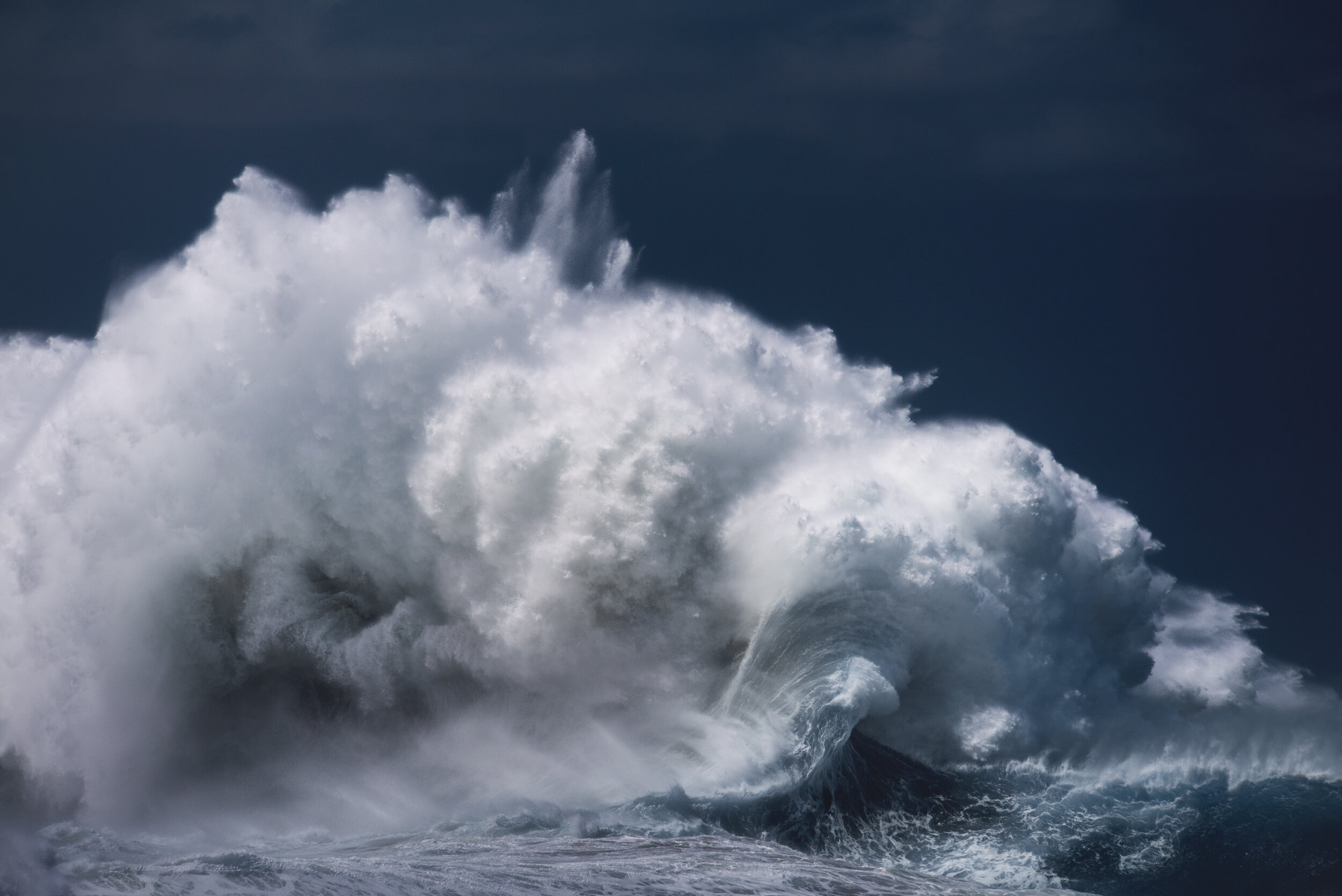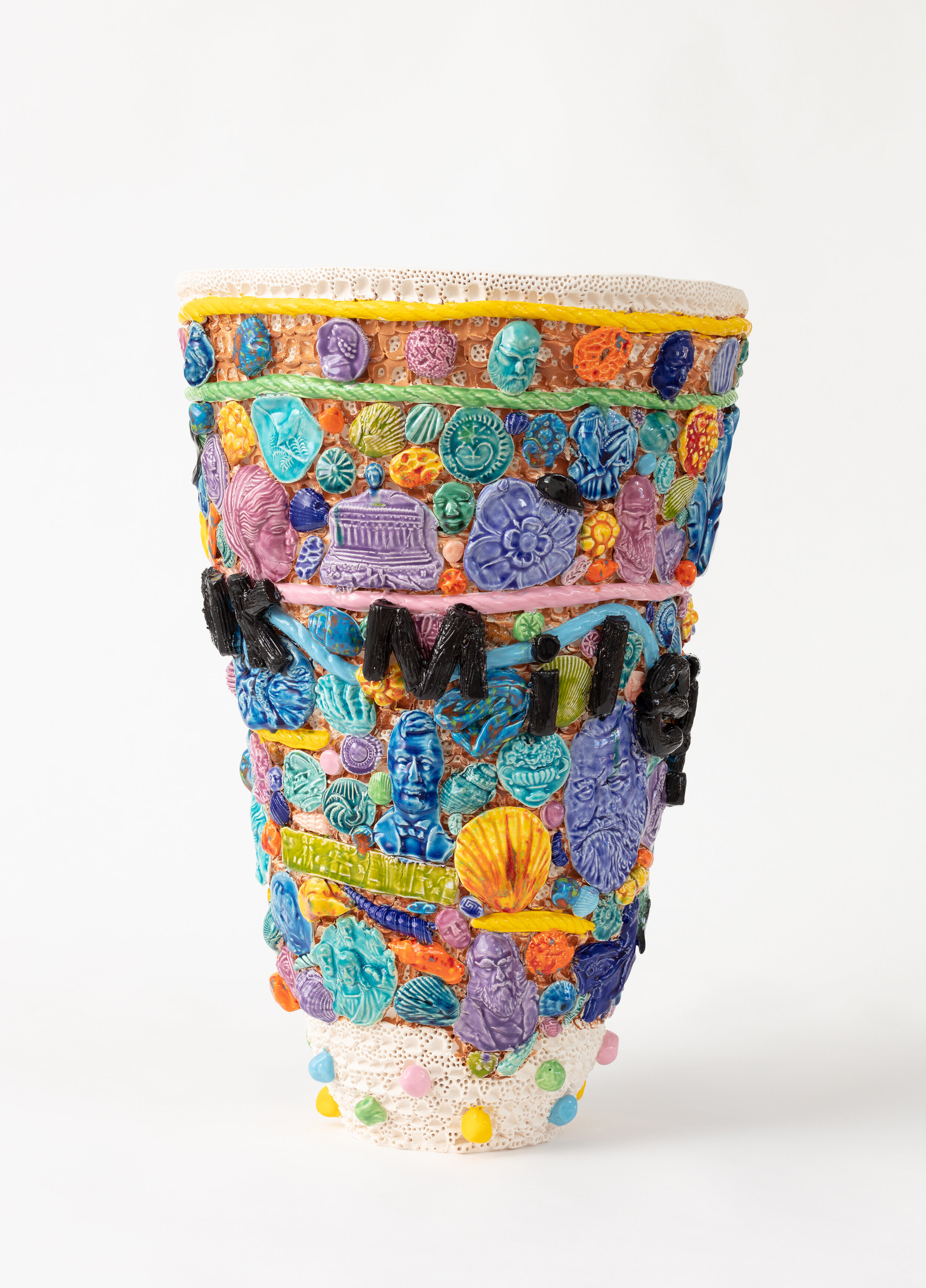Shoalhaven Regional Gallery
12 December 2020 - 30 January 2021
Sidney Nolan, Untitled (Calf Carcass in Tree), 1952. Art Collection Heide Museum of Modern Art. Purchased with funds from Truby and Florence Williams Charitable Trust, ANZ Trustees 2011.
Extreme weather is a point of origin for Nowra. In the autumn of 1870, the region was pummelled by rain, causing the Shoalhaven River to break its banks and rise to the highest levels in recorded history. As the Great Flood (as it became known) gathered force, it washed away the township of Terara, then the Shoalhaven’s main borough.
“...and when the first streak of dawn did appear an awful sight was unfolded...such a sad and mournful picture beheld, and we hope never to look upon the like again.” (Shoalhaven News, 1870)
Samuel Elyard, Flood from Ferry Lane, 26 April 1870, 1870. Collection Shoalhaven Regional Gallery.
After the Great Flood, many businesses and individuals abandoned Terara in favour of the smaller neighbouring village of Nowra, which over the ensuing years became the new central business hub of the Shoalhaven district. When arriving in Nowra from the north, one crosses the Shoalhaven River bridge, swooping around to the right and continuing on some way before reaching the centre of town. Unlike most towns and cities with rivers on their doorstep, Nowra is notably detached from the waterway, seemingly with its back turned. It is only when one learns the history of the region – and understands the historic scar left by a ruinous flood - that Nowra’s orientation makes sense.
Marcia Macmillan, Whimsical Warrior, 2020. Image courtesy the artist.
Weather extremes are a defining feature of life in the Shoalhaven. Agricultural efforts rally against the threat of drought. East coast lows can tear through the landscape. Floods indiscriminately remove what is in their path. And as we know all too well in 2020, the region’s vast expanse of dense bushland is a perennial lure for catastrophic fires.
Luke Shadbolt, Aquiesce 3, 2017. Courtesy the artist and Michael Reid Sydney + Berlin
Planning for WONDER + DREAD: Art in the Land of Weather Extremes began in early 2019, months before the series of fires, collectively known as Black Summer, incinerated three-quarters of the Shoalhaven’s terrain. In the time it has taken to stage this exhibition, the region has experienced an extended drought; the most destructive bushfires in recorded global history; the worst flood in 30 years; and a global pandemic.
The title of this exhibition drew inspiration from philosopher Edmund Burke who in 1757 defined the sublime as “the point where terror and awe meet”. Nowhere is this idea more salient than in the reproduction of William Strutt’s 18th-century masterpiece, Black Thursday, February 6th, 1851 (1864). Considered through a colonial lens, this work depicts the brutal fury of the landscape and presents a view of Australia as inhospitable and apocalyptic.
William Strutt, Black Thursday, February 6th, 1851, 1864. Collection State library Victoria. Image reproduced with permission from State Library Victoria
A contrasting view of the sublime can be found in Lloyds Rees’ masterpiece, Fire haze over Gerringong (1980). Rees made this work in the last decade of his life, yet it draws on a 40-year old memory of holidaying with his family on the South Coast of NSW when he had to flee to Kiama to escape a thundering bushfire. An opalescent vision of light and colour, Rees has transformed a memory of terror into a moment of wonder.
The 200-year time-frame of this exhibition provides an opportunity to chart the changing perspective of extreme weather from cyclical natural disasters, to unnatural and politicised events. Helga Groves’ Flood (1999) and Susan Norrie’s Undertow (2002) provide an interesting time-stamp in this regard. Where Groves sought to capture the physical expression of naturally occurring phenomena, Norrie’s Undertow delivers a harsh critique of humanity’s role in the turbulence of the natural world, heralding a new wave of environmental art-activism in 21st-century art practice.
Susan Norrie, Undertow (image still), 2002. Collection Art Gallery of New South Wales. Purchased with funds provided by Clayton Utz, 2003
But what can art offer in times of crisis and confusion? For this, we can look at the two major commissions of this exhibition.
The first is the collaboration between Yuin artist Aunty Deidre Martin and Yamaji Wajarri, Dutch and English artist Nicole Monks who have created a vast floor work that celebrates First Peoples relationship with the land and the seasons. Connections: Your Connection, My Connection, OUR CONNECTIONS (2020) acknowledges the seasonal calendars of Australia’s First Peoples, of which there is a multitude across the country and which guided the community since time immemorial. This work is a call to listen to Country as a pathway through our current ecological predicament, and restore a balanced, respectful and symbiotic relationship with this land.
(Foreground) Aunty Deidre Martin and Nicole Monks, Connections: Your Connection, My Connection, OUR CONNECTIONS, 2020. Commissioned by Shoalhaven Regional Gallery. Photo: Bernie Fischer. (Background) Joseph McGlennon, triptych form the Awakening series, 2020. Courtesy the artist and Michael Reid Gallery Sydney + Berlin.
The second major commission by Lara Merrett is a new work created in direct response to the devastation of the Black Summer. What we leave behind (2020) is a lush, visceral work that captures both tragedy and recovery, exploring the grief of what has been lost, and the hope of what is possible. By inviting audiences to select a portion of the painting to cut and take home with them, Merrett has created an invisible network that connects WONDER + DREAD audiences across space and time.
Lara Merrett, What we leave behind, 2020. Commissioned by Shoalhaven Regional Gallery. Courtesy the artist and Jan Murphy Gallery. Photo: Bernie Fischer
WONDER + DREAD does not claim to be a complete survey of artworks and extreme weather in Australia’s recorded history. Rather, it is a voyage through time to consider where we have been, and what might lie ahead.
Danielle Robson
Curator
Glenn Barkley, Bleak Milestones, 2020. Courtesy the artist and Sullivan and Strumpf, Sydney








